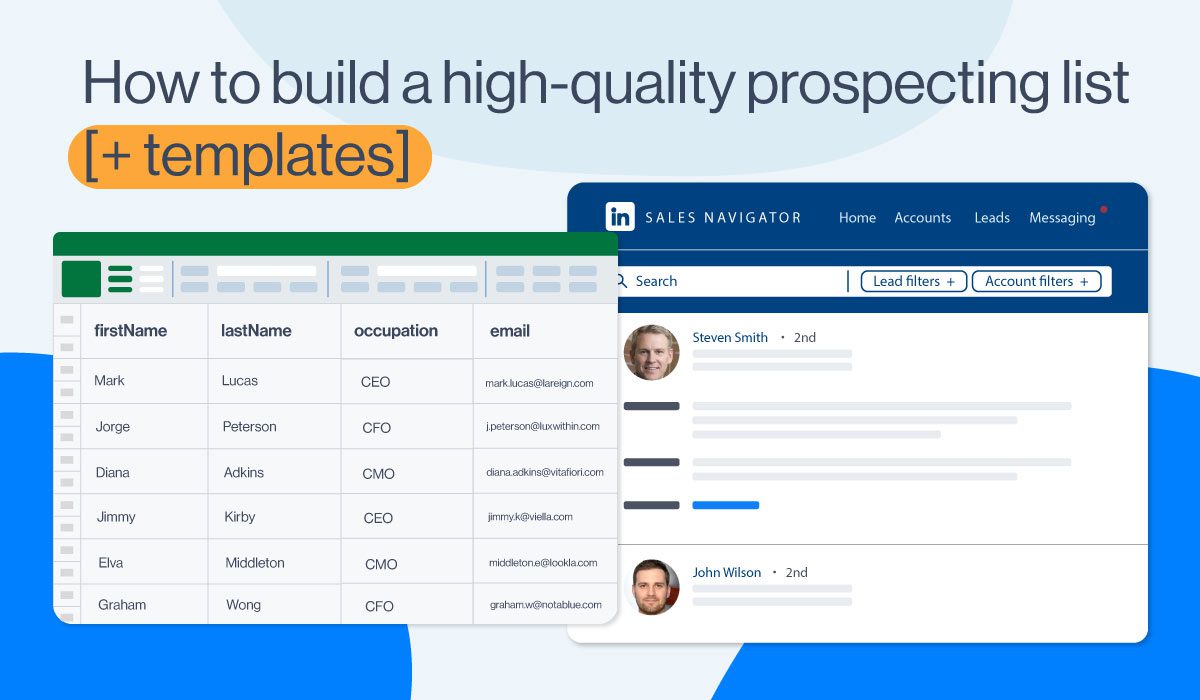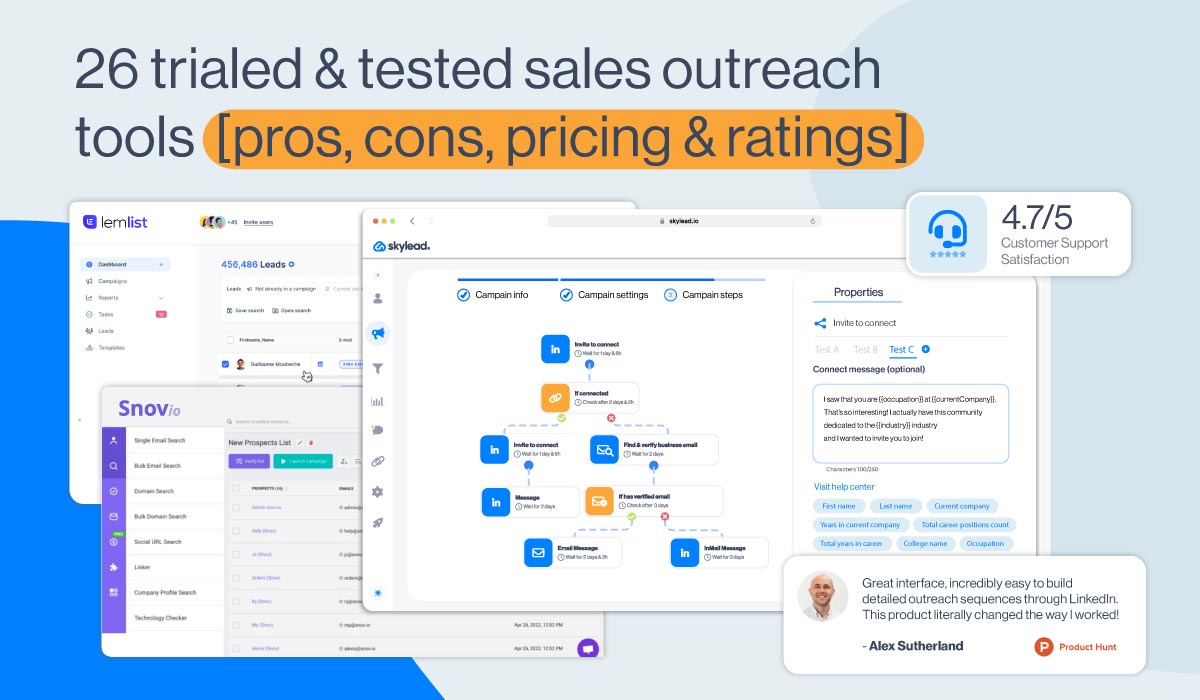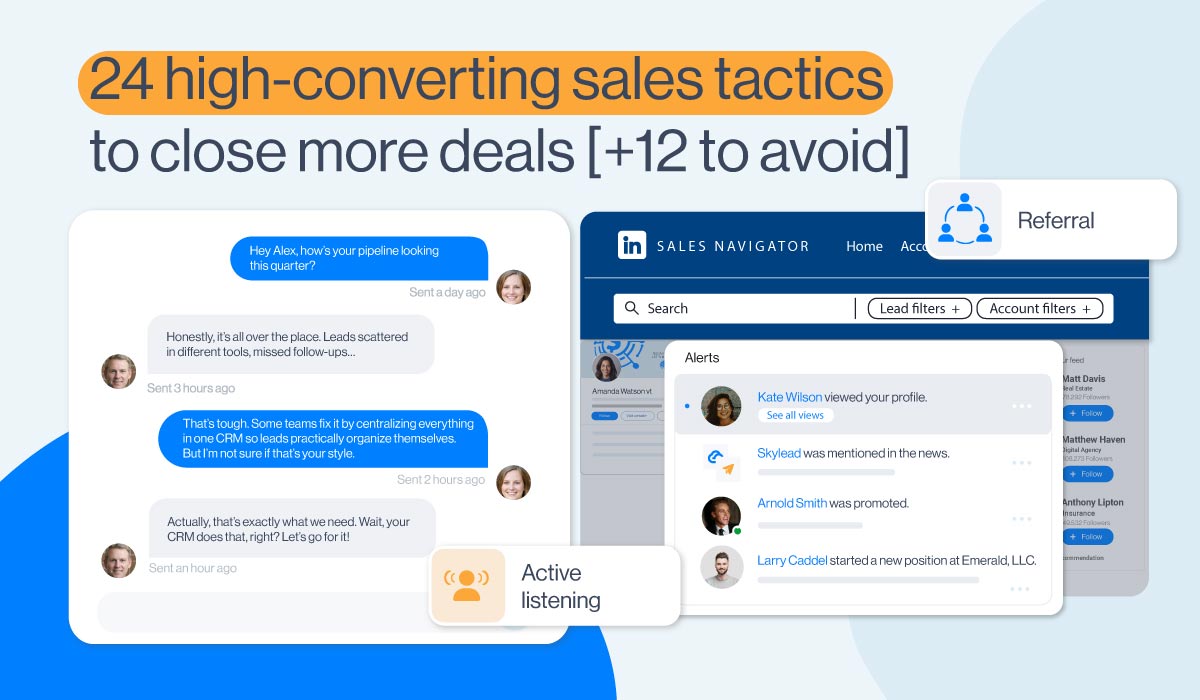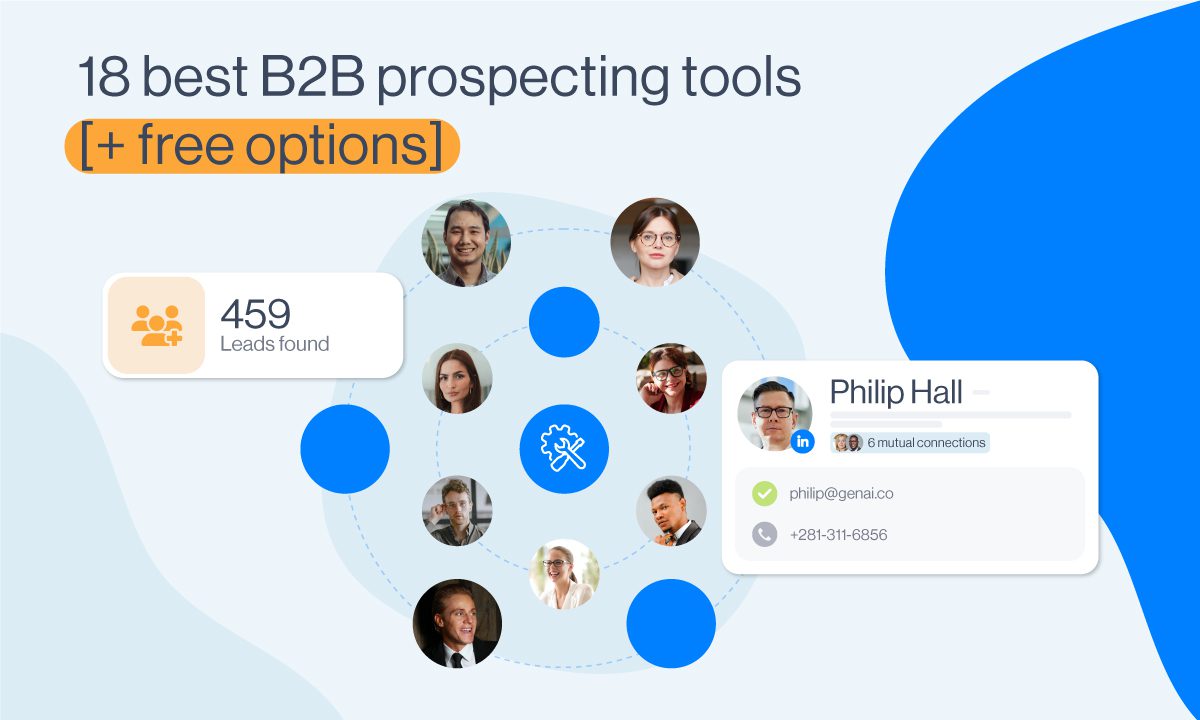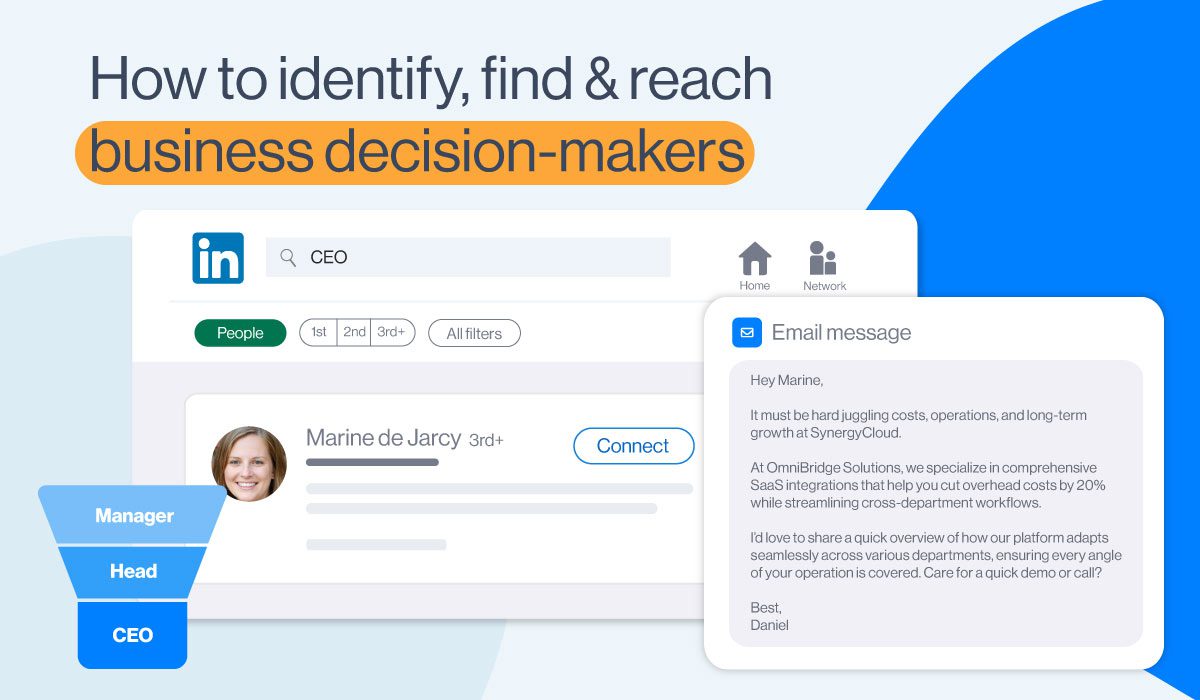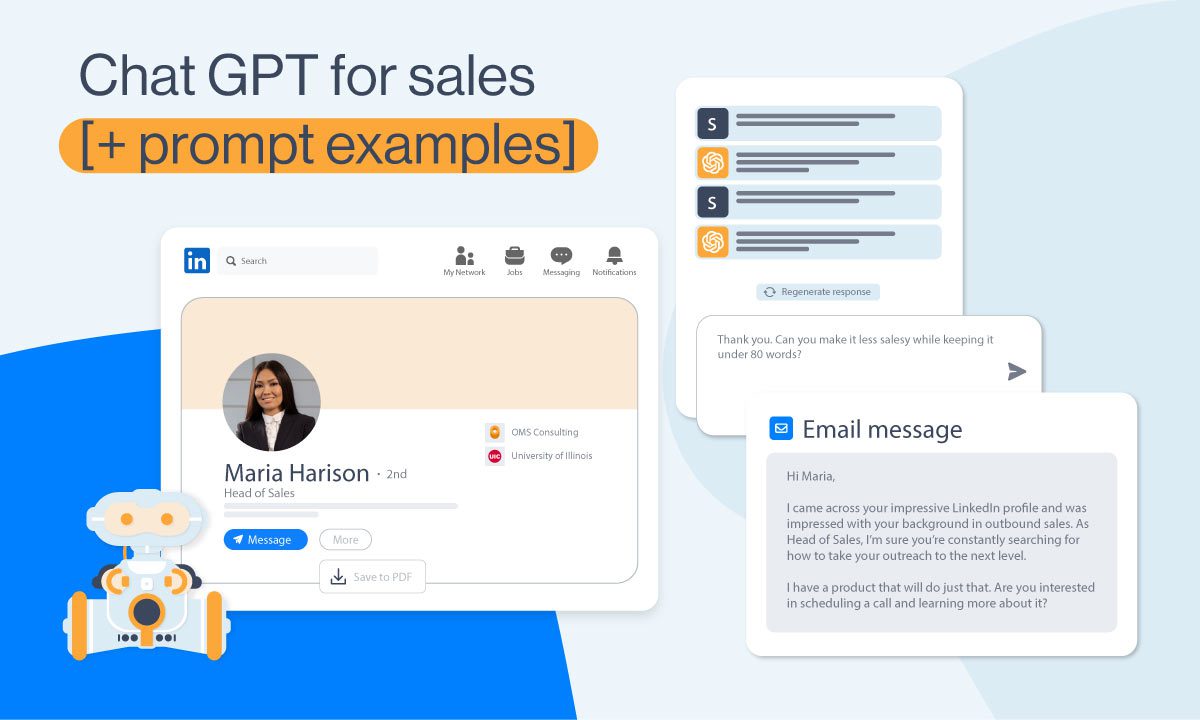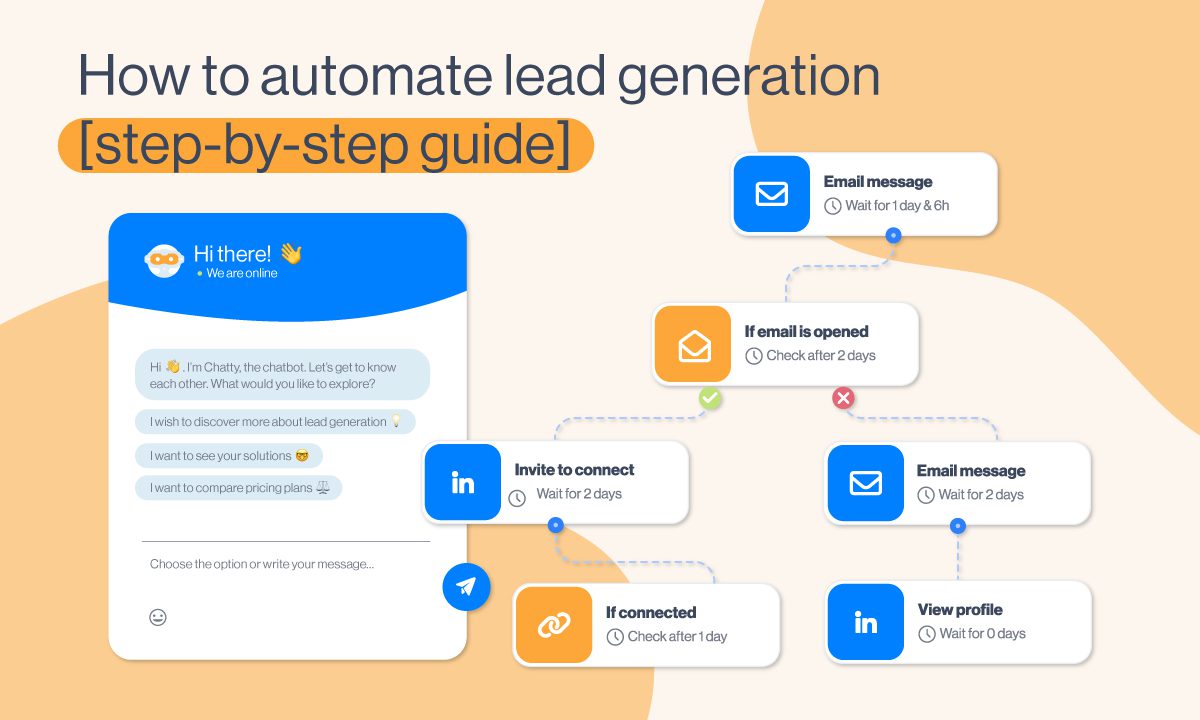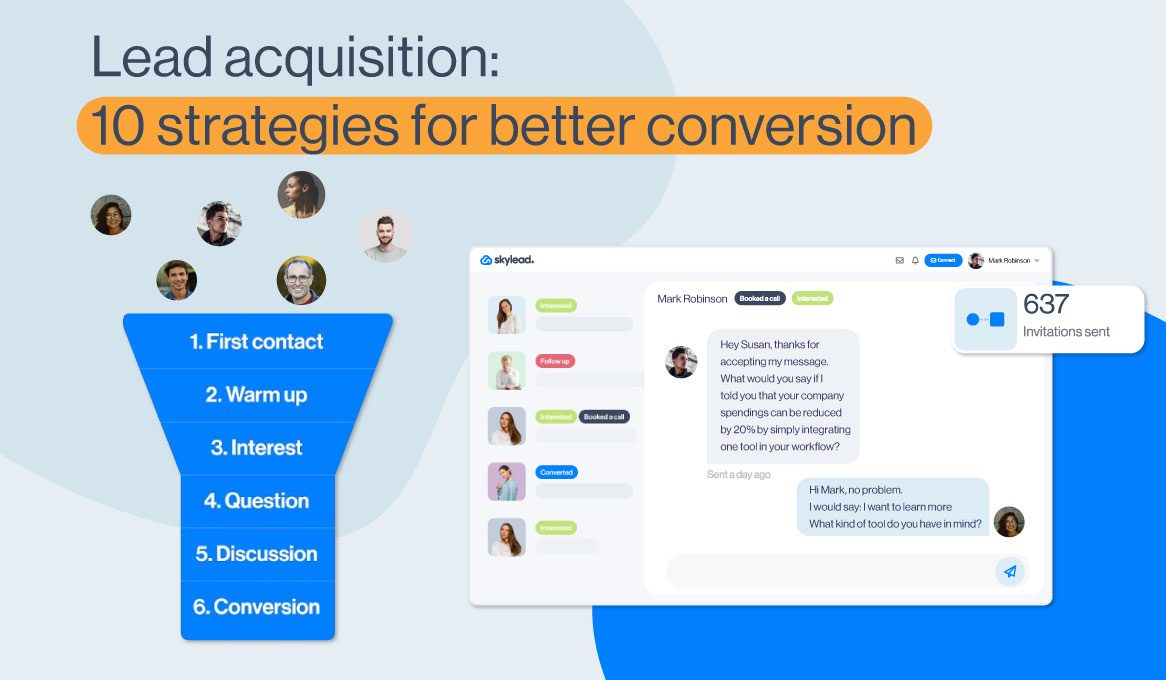6 most common lead generation mistakes
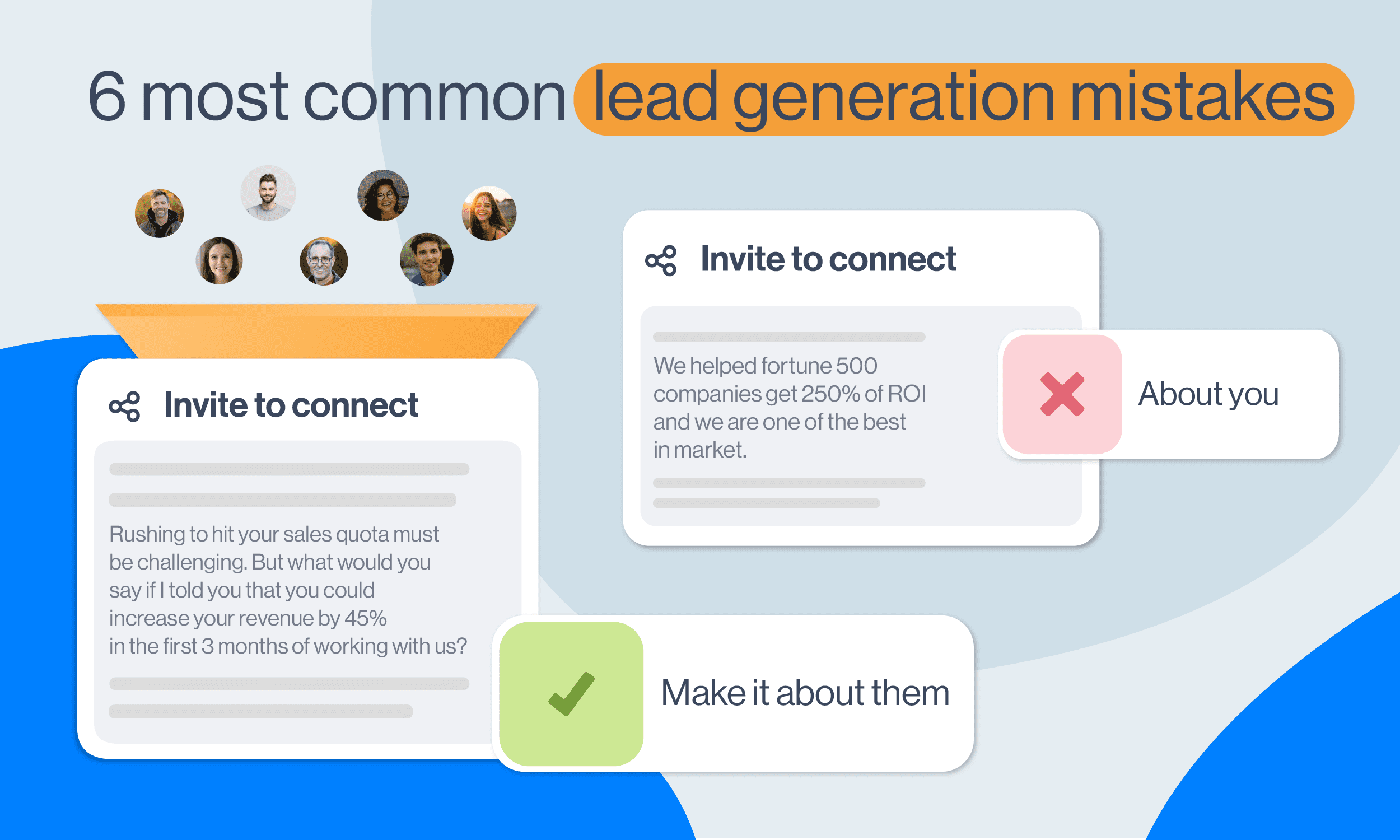
You’ve done a serious outreach effort.
You came up with a well-thought-of marketing strategy, engaging copy, and targeted leads meticulously.
Still, it hasn't brought the results you’ve expected.
How? You’ve followed every how-to guideline for successful outreach.
But have you read through a no-no manual as well?
Yeah. We thought so.
Inspired by our users’ questions and practices we read about on numerous Lead Generation discussion platforms, we decided to dedicate this blog to 6 common outreach mistakes that you are probably unaware of.
Not testing different channels
The most senseless mistake you can do in the times of sales engagement platforms and multichannel outreach is to rely on only one means of communication.
New approaches continue to arise and so should your business flexibility.
Don’t assume that a certain path of getting to your leads is the only one worth a shot just because it gave a positive outcome in the past.
Sure, there is nothing bad in going for what brought valuable results. But keep your mind open. Your perfect leads might be using other, already acclaimed or emerging, platforms as well. Testing them is the best way to find what works best for a particular campaign.
You would be surprised how going bold leads to conversions that otherwise wouldn’t happen.
Making it all about you
Your potential customers don’t care how something worked or played out for you.
They don’t want to listen to how awesome your product or service is unless you show how that awesomeness applies to them. Therefore, blurting out a rehearsed monologue about you and your product turns out to be a mistake that could cost you a valuable lead.
Prove to your customers that what you’re offering is a game-changer for them. It will solve their problems, spare their time and money, and make their lives better. This is how you earn somebody’s attention.
Therefore, when writing a product brief or an outreach copy, make sure to do your homework first. By approaching with a concrete solution to a challenging part of their business, you are more likely to be heard out. Even if they don’t buy something right away, your proposal will gain the advantage in the sea of impersonal offers.
Not taking into consideration a buyer’s journey
Not all people you reach out to or who visit your website are in the same stage of their buyer’s journey.
Some of them are in the phase of researching different options, some of them bumped into your brand for the very first time or heard about your company after you cold-outreached them, and now they are inquiring by checking out your online presence or asking questions to you directly.
Each lead needs to be approached depending on their buyer's journey.
Give a chance to those who are hearing from you for the very first time to learn more about your business. Asking them to make a purchase right away is one of the most common LinkedIn lead generation mistakes.
Those who already short-listed your company may want an educational kit, free course, templates, something that will provide them with industry valuable information.
Some of them will be ready for a demo.
Therefore, segment your leads depending on their buyer’s journey. Adjust your language and have different types of content ready to attach and offer. If someone doesn’t buy right away, it doesn’t mean you should write them off. Nurture those leads.
The feeling of being taken care of makes a difference.
Non-strategic CTAs
The research has shown that landing pages that have two or more call-to-action buttons help close fewer deals than the ones with only one, clear CTA, usually at the end.
That is, the website visitor gets distracted when bombarded with too many invites to purchase or book a demo. The same stands for an outreach message. It is far more effective to write an engaging and well-thought-of copy first and then leave a clear call to action for the end. If you keep your CTA the main focus, it is more likely people will click on it.
On the other hand, not putting a CTA on a page is a big mistake. When a website visitor gets informed about your product or service, they should not browse around and search for a call to action.
First of all, it costs you nothing to put one on each landing page. Second of all, it takes a second for your lead to lose interest. Imagine if you had to give someone your money and put an effort into finding a way to do it?
Making assumptions about your audience
You are not your client. And you are biased.
Prospecting on LinkedIn, or anywhere for that matter, on the assumption that you know what they need is a big mistake.
Instead, reach out and talk to your leads first. Find out what they like or dislike, get into discussions with them, and collect valuable information before you even mention your product.
Not only will you gain more insight into the market you are trying to get into but will know how to position your brand and customize your service to your client’s best interest.
This brings us back to the above-mentioned mistake #2 - making it all about you. Just forget about it. There are so many other companies out there providing the same service. Unless you prove that you genuinely care, you will be positioned low on the list of available options.
Asking too much too soon
True, we’ve just recommended talking openly to your potential clients and finding out as much as you can about their way of doing business.
However, it is all about when and how you ask them.
Mutual trust grows with time and proper nurturing.
Don't make a mistake of asking your leads to overshare or disclose information that might expose their business. Not only will you not get an answer but you will be marked as suspicious. Because, why would anyone want to tell their biggest weakness to a complete stranger?
Therefore, nurture your leads and don't run. Crawl your way into their uncertainties. Once you're there, justify their trust. And yes, ask only what's absolutely necessary to make the sale.
Summary
Making the above mistakes will cause you to waste time, budget, and energy.
The good news is that we've cracked the code for you.
Now when you know what to avoid, start doing so and enjoy the increase in high-quality leads.

